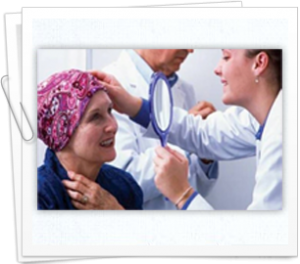Online CPR Certification Blog
Using drug therapy to prevent breast cancer
Date: September 22nd, 2014
 Many women are always thinking about breast cancer prevention, particularly those having a high risk of getting the disease. Chemoprevention is an option available for women having numerous risk factors for breast cancer. Through this prevention technique, medications are taken for lessening the risk of getting the cancer, but it is ideal only for women whose risk for getting breast cancer is very high.
Many women are always thinking about breast cancer prevention, particularly those having a high risk of getting the disease. Chemoprevention is an option available for women having numerous risk factors for breast cancer. Through this prevention technique, medications are taken for lessening the risk of getting the cancer, but it is ideal only for women whose risk for getting breast cancer is very high.
Possible candidates for chemoprevention
For woman with the risk factors highlighted here below, it is important to consider chemoprevention:
- A family history of cases of breast cancer in many close relatives like mother, sister or daughter.
- A breast biopsy which reveals pre- cancerous abnormalities on the breast cells.
- Mutation of BRCA1 or the BRCA2 genes
- Previous breast cancer
For some women, chemoprevention isn’t a safe technique even those whose risk for breast cancer is high. Such includes women who:
- Take some medications such as hormone replacement therapy
- Are aged below 35 years of age
- Take medications for blood thinning or have blood clots
- Are diagnosed with high blood pressure
- Are smokers, obese or diabetic
- Are pregnant, breastfeed or intend to be pregnant
Chemoprevention is still a new method when it comes to prevention of breast cancer. Raloxifene and tamoxifen are the two drugs that have been studied extensively and have been found to have great impacts in reduction of breast cancer and are the only ones approved for use for purposes of chemoprevention.
Tamoxifen: most breast cancer types are usually very sensitive to estrogen such that they tend to experience a rapid growth when the hormone is present. Essentially, tamoxifen works through counteracting properties of estrogen and its impact on breast tissues and cells. The drug also helps in slowing bone loss as well as reducing the risk for fractures and has been found to be very effective in preventing recurrence.
Raloxifene
This drug works in a similar way as tamoxifen when it comes to protecting breast cells from the cancer. Use of raloxifene in chemoprevention is approved among women with a high risk of getting breast cancer but just for women in post menopause. The drug has also been approved for bone building in women at post menopause who already have osteoporosis.
The effectiveness of chemoprevention
According to studies conducted, women with a high risk of getting breast cancer who were given tamoxifen for chemoprevention showed a 42% less likelihood of developing breast cancer after 7 years compared to women who never received tamoxifen based chemoprevention. Studies show that raloxifene is effective is prevention of invasive cancers among women at high risks even though only less research has been carried out on this drug.
Chemoprevention comes with its share of risks also such as increasing the risk of endometrial/ uterus lining cancer, increased blood clot risks and worsened symptoms for menopause like vaginal dryness and hot flashes.